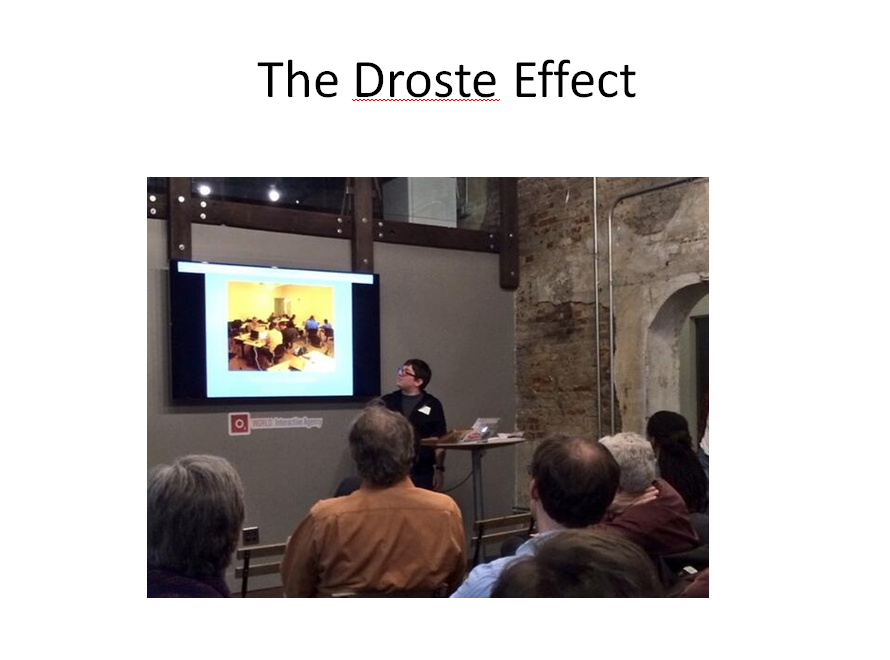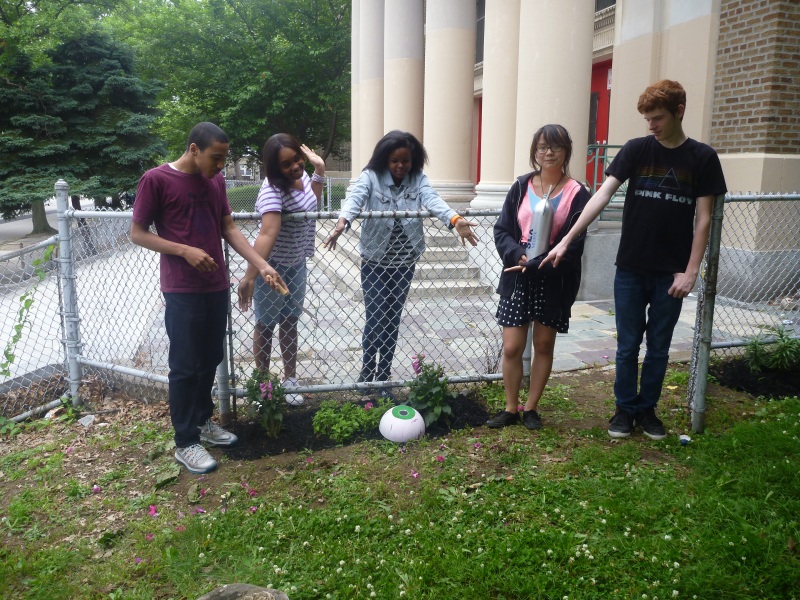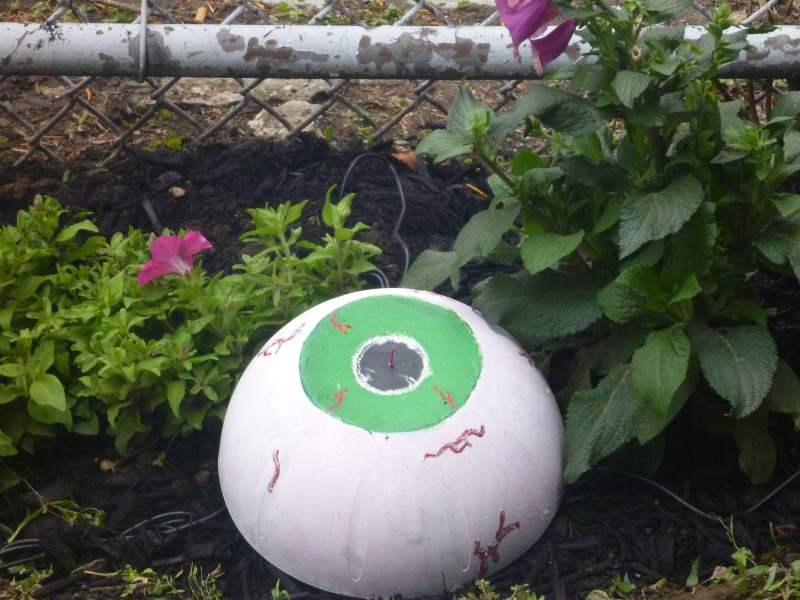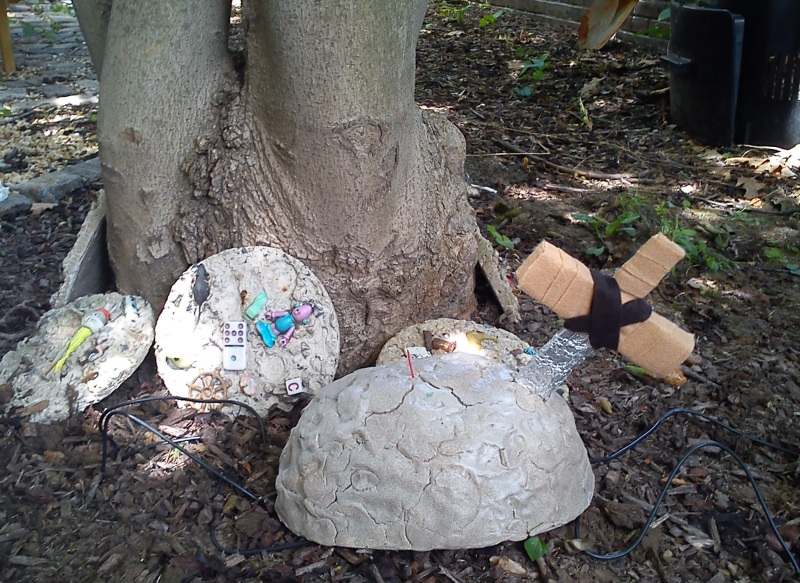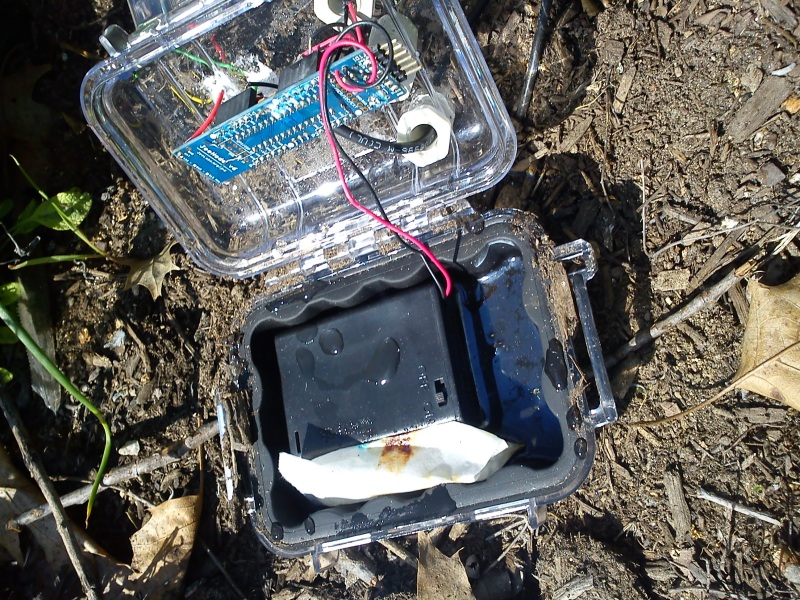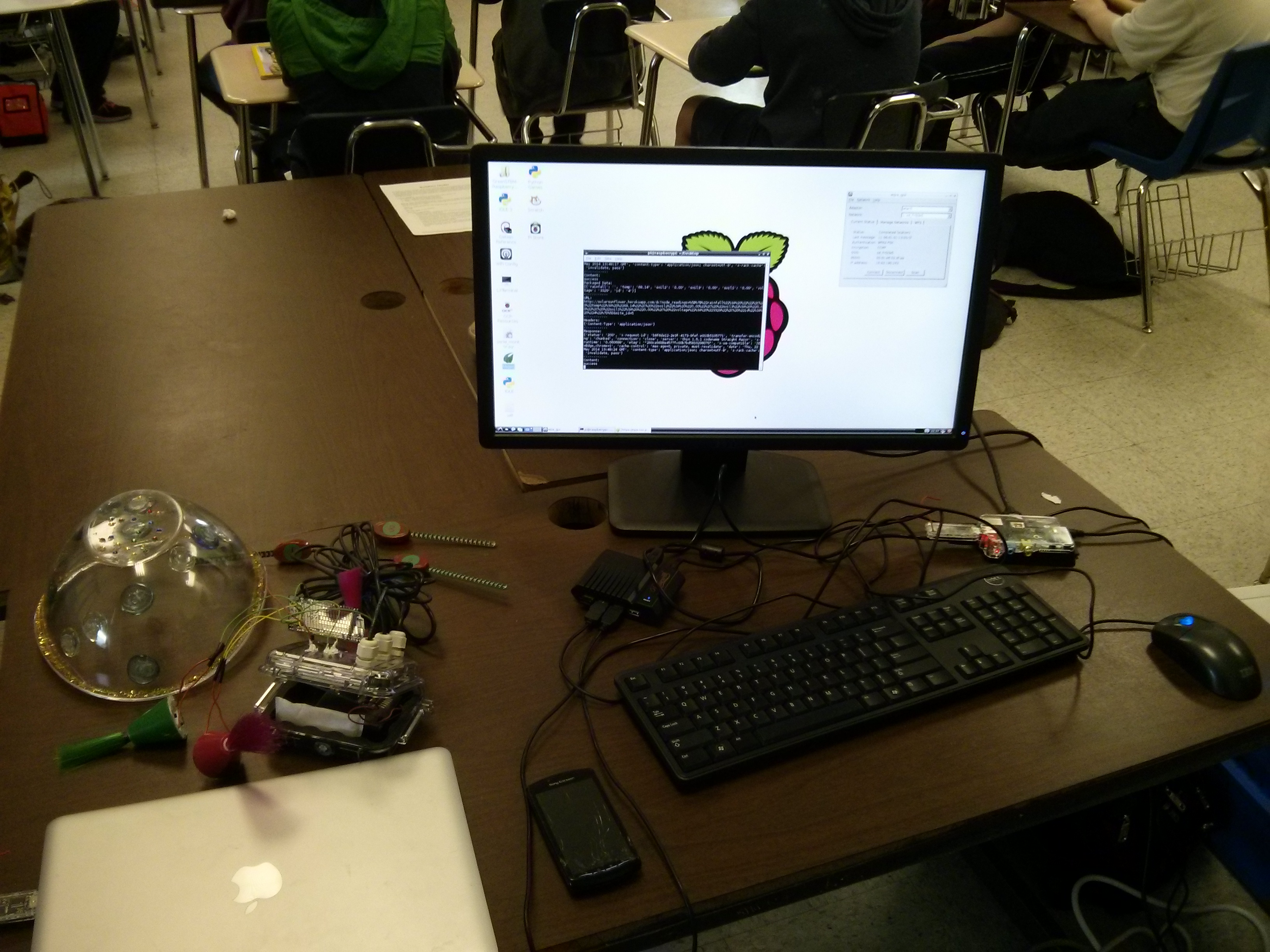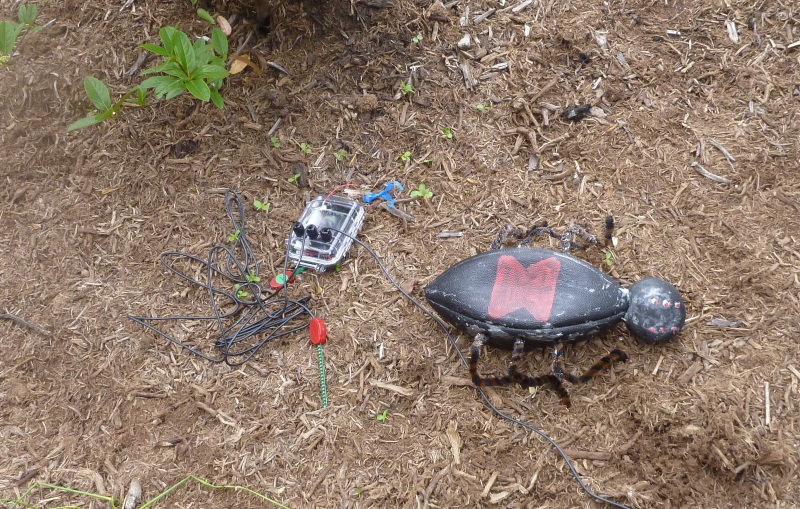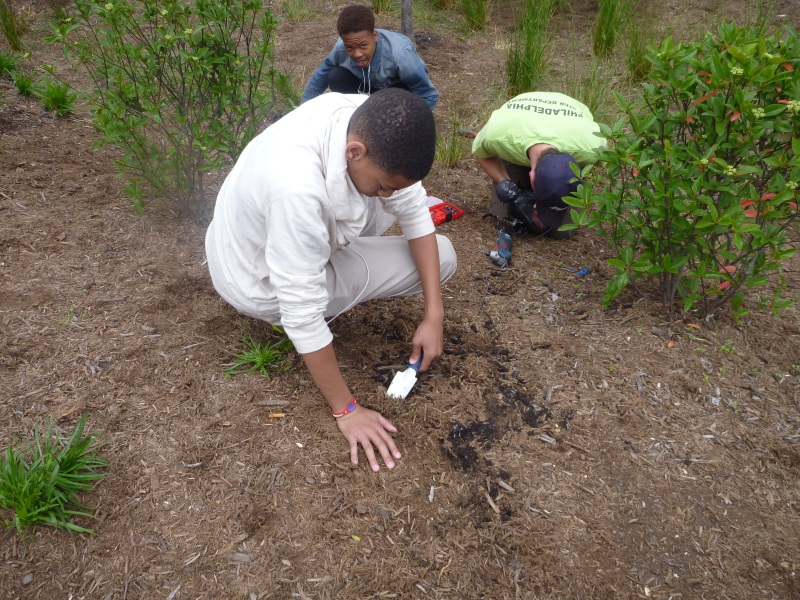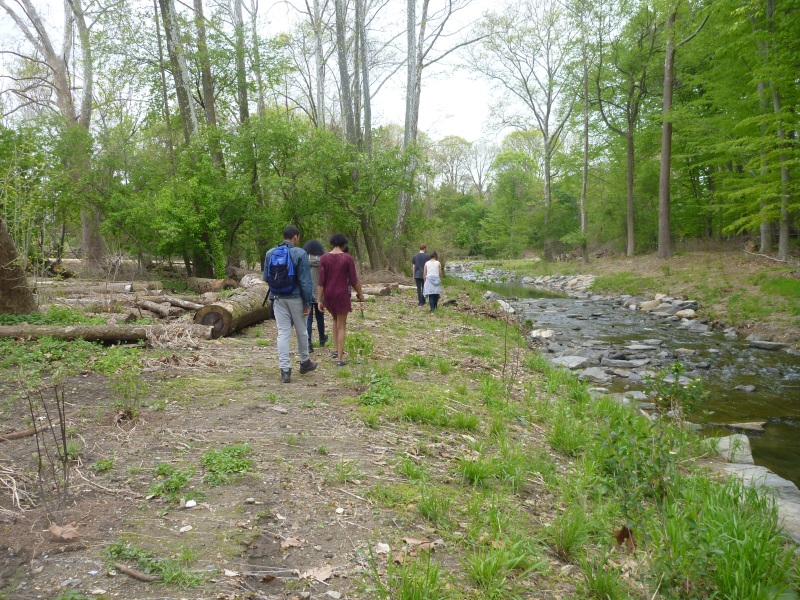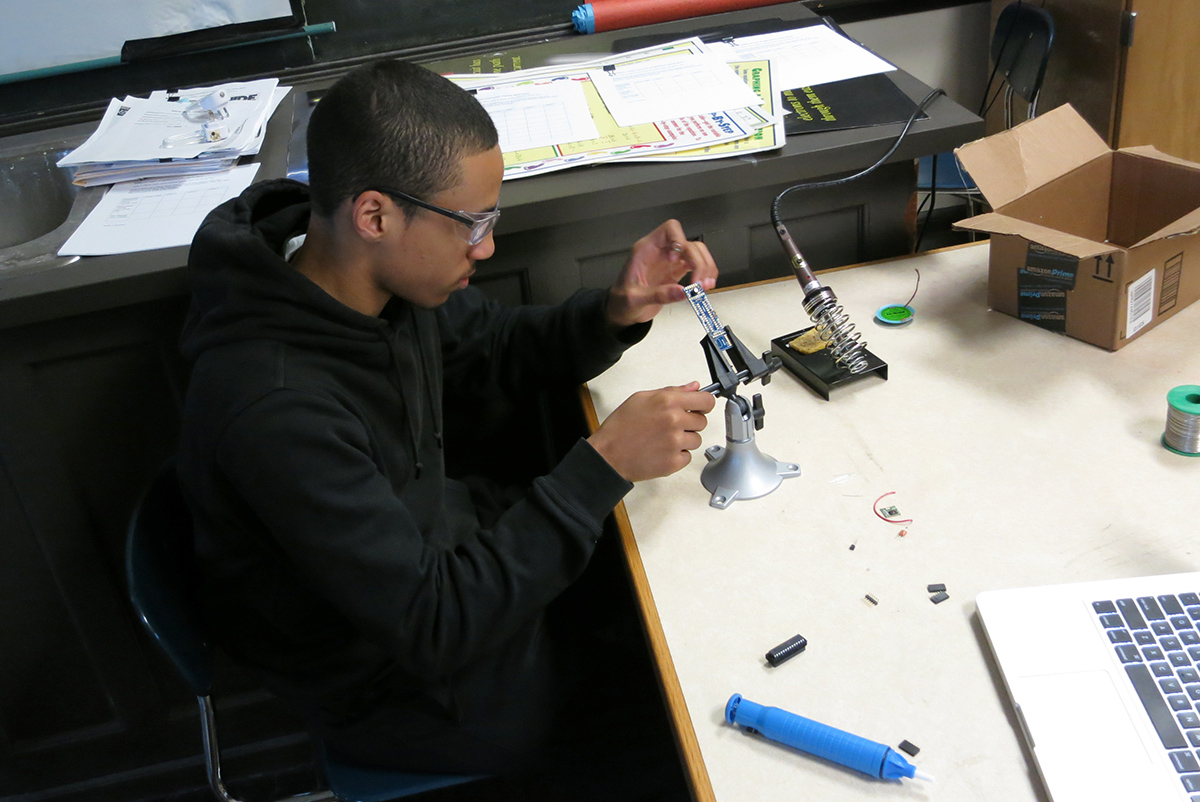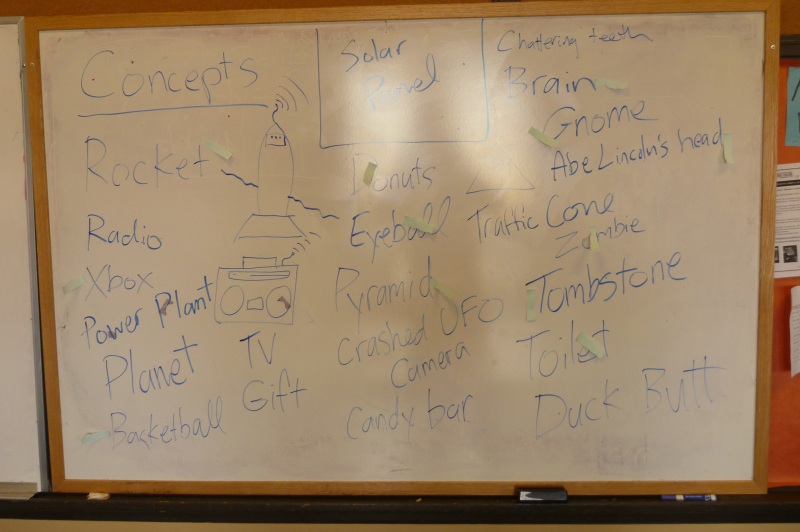Northwest Passage
This month, greenSTEM team member Chris Nies is moving to Seattle to join a grunge band 20 years too late accept a job with Amazon. We’re sad to see Chris leave Philly, as he’s been an integral part of this project from our hackathon beginnings. The good news is that Chris will stay involved with greenSTEM and bring our open-source project to the Pacific Northwest. Chris was such an ambassador for Code for Philly and the local tech scene, he got his own bon voyage interview over at Technically Philly.
Chris, you will be missed here. Yes, we are still going to call our sensor kit a Root Kit despite your protests. We’ll leave you with this classic PowerPoint slide from 2013, which during the actual presentation allowed for a third-level Droste effect (Chris standing in front of Chris standing in front of Chris):

